
OR
Families of conflict victims greatly miss slain relatives during Dashain
Published On: October 25, 2018 08:05 AM NPT By: GANESH BK
NEPALGUNJ, Oct 25: Then Maoist rebels had kidnapped Chandra Bahadur BC of Sisne Rural Municipality-7, Rukumkot, in December 1999 when the armed insurgency was at its peak. The rebels had also kidnapped his wife Gyanu and their eight-month old son. The family was held captive for three months.
Chandra Bahadur died of torture and pain. Although he left the world for good, his family still cannot let go of him. After all these years, they still hold him near and dear. This was clearly visible during the recently concluded Dashain festival.
The family was making preparations for 'tika'. Although Chandra Bahadur was physically not present, elders of his family put tika on his photograph hanging on the wall.
“We missed him and put tika on his photo,” said his wife Gyanu. “It doesn't feel the same as putting tika to a living person but we still do it to console ourselves.”
The family of Gopal Devkota of Rukumkot had also faced a similar fate. Gopal was taking a bath in a tap near his home when a fight broke out between Maoist rebels and security forces in the locality. The rebels accepted defeat and started running away. They fled through the same way where Gopal was taking bath. Mistaking him as one of the rebels, police personnel shot him dead on December 18, 2000.
Losing the breadwinner was not easy and the family has been struggling ever since. His wife Bishnu shares how the family puts tika on his forehead every Dashain.
“When we put tika on his photo during Dashain, I feel his proximity,” she said.
As many as 668 people became victims of the insurgency in Rukum alone. Many of the conflict victims' families get indulge in similar practice. They put tika on photos of their deceased relatives during Dashain and Tihar, the major festivals of Hindus.
According to the families, they cannot celebrate the festivals without putting tika on the portrait of the deceased as they are missed dearly.
“He died to bring change in the country and we are indeed experiencing peace. But I feel really hurt when political parties and leaders act for their self-interest,” said Bishnu.
Gyanu is also the founding chairperson of the District Network of Single Mothers in Rukum and advocates for human rights. According to her, paying respect to the portrait of the deceased during festivals has become a custom.
“We have been doing it for so many years that it feels like a part of our tradition,” she said.
Rati Khatri of western Musikot Municipality-13, whose husband Bhadra Bahadur was killed by Nepal Army in 2003, has also been putting tika on his portrait ever since his death.
“I do not feel good if I do not put tika on his portrait. At least I feel he is with us when we put tika on his photo, even if the feeling is just momentary,” she added. Although the deceased conflict victims have left behind their physical body, their memories are still fresh in the minds of their family members.
You May Like This

Dashain over but Dashain tika continues
KATHMANDU, Oct 12: People continued to visit their relatives and family members, receiving Dashain tika, jamara and blessings today also,... Read More...
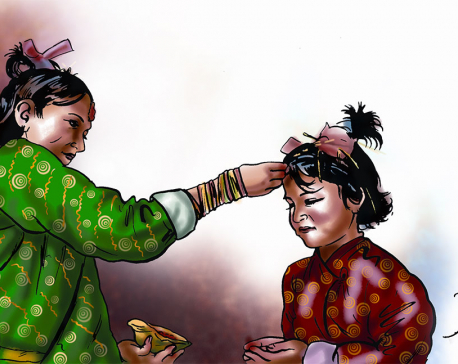
10:35 am most auspicious time for Dashain Tika
KATHMANDU, Oct 8: Nepal Panchanga Nirnayak Samiti (Calendar Determination Committee) has said that 10:35 am is the most auspicious time... Read More...
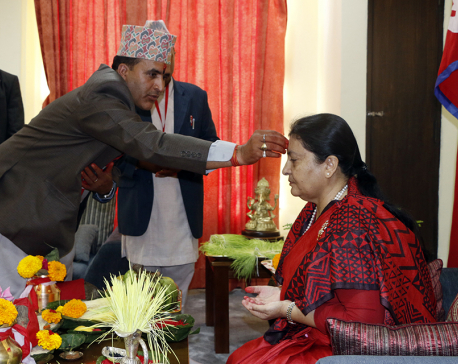
Dignitaries receive Dashain tika and jamara (Photo Feature)
KATHMANDU, Sept 30 :President Bidya Devi Bhandari received Tika and Jamara at Rastrapati Bhawan, Shital Niwas from main priest Devraj... Read More...
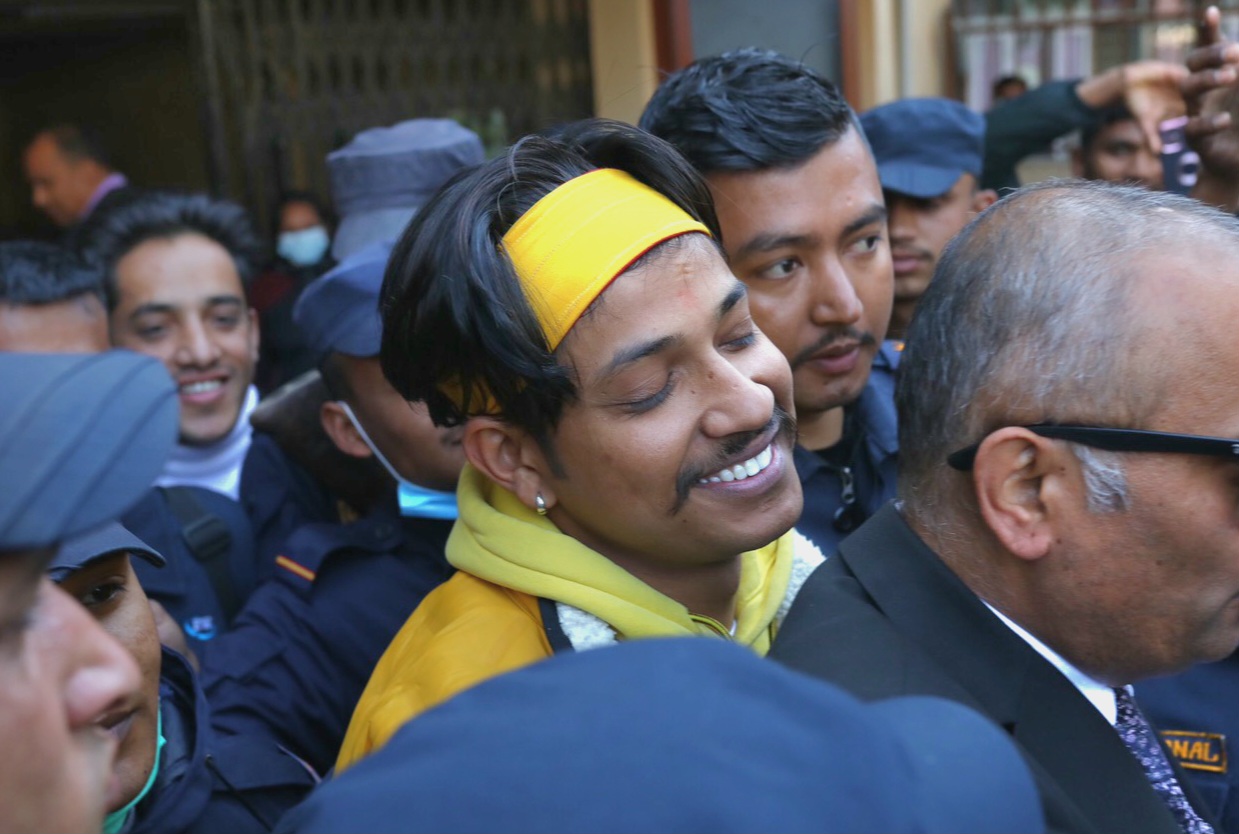
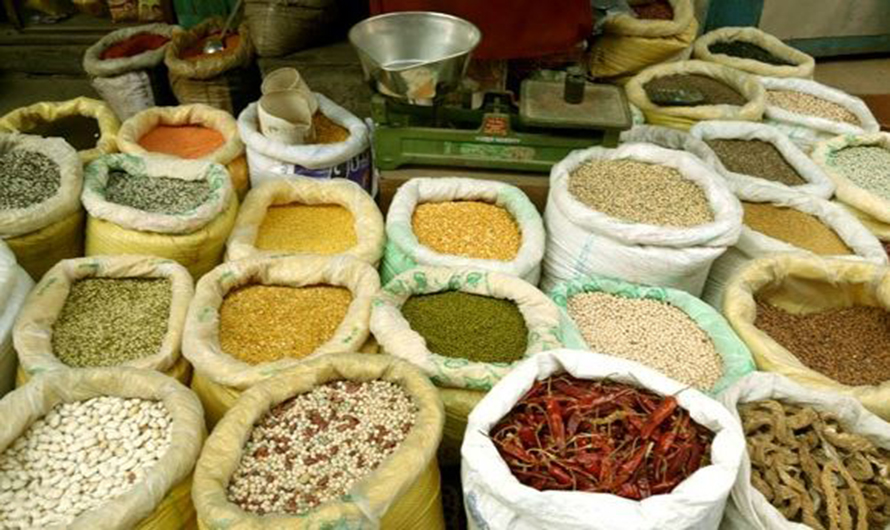
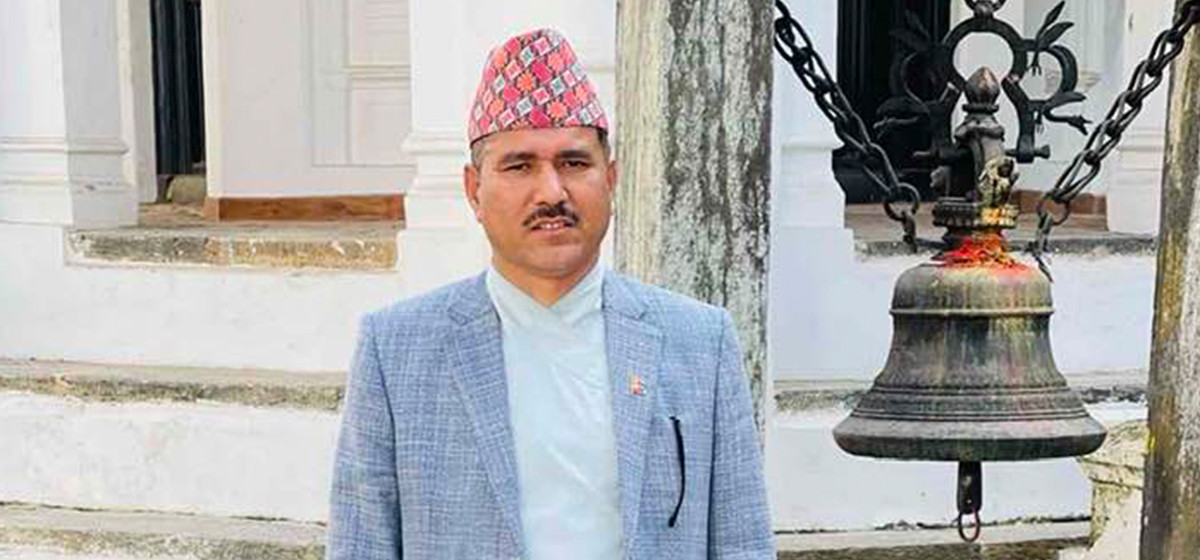
Just In
- Rising food prices cause business slowdown
- Madhesh Province Assembly meeting postponed after Janamat’s obstruction
- Relatives of a patient who died at Karnali Provincial Hospital 6 days ago refuse body, demand action against doctor
- Khatiwada appointed as vice chairman of Gandaki Province Policy and Planning Commission
- China's economy grew 5.3% in first quarter, beating expectations
- Nepal-Bangladesh foreign office consultations taking place tomorrow
- Kathmandu once again ranked as world’s second most-polluted city
- PHC endorses Raya as Auditor General



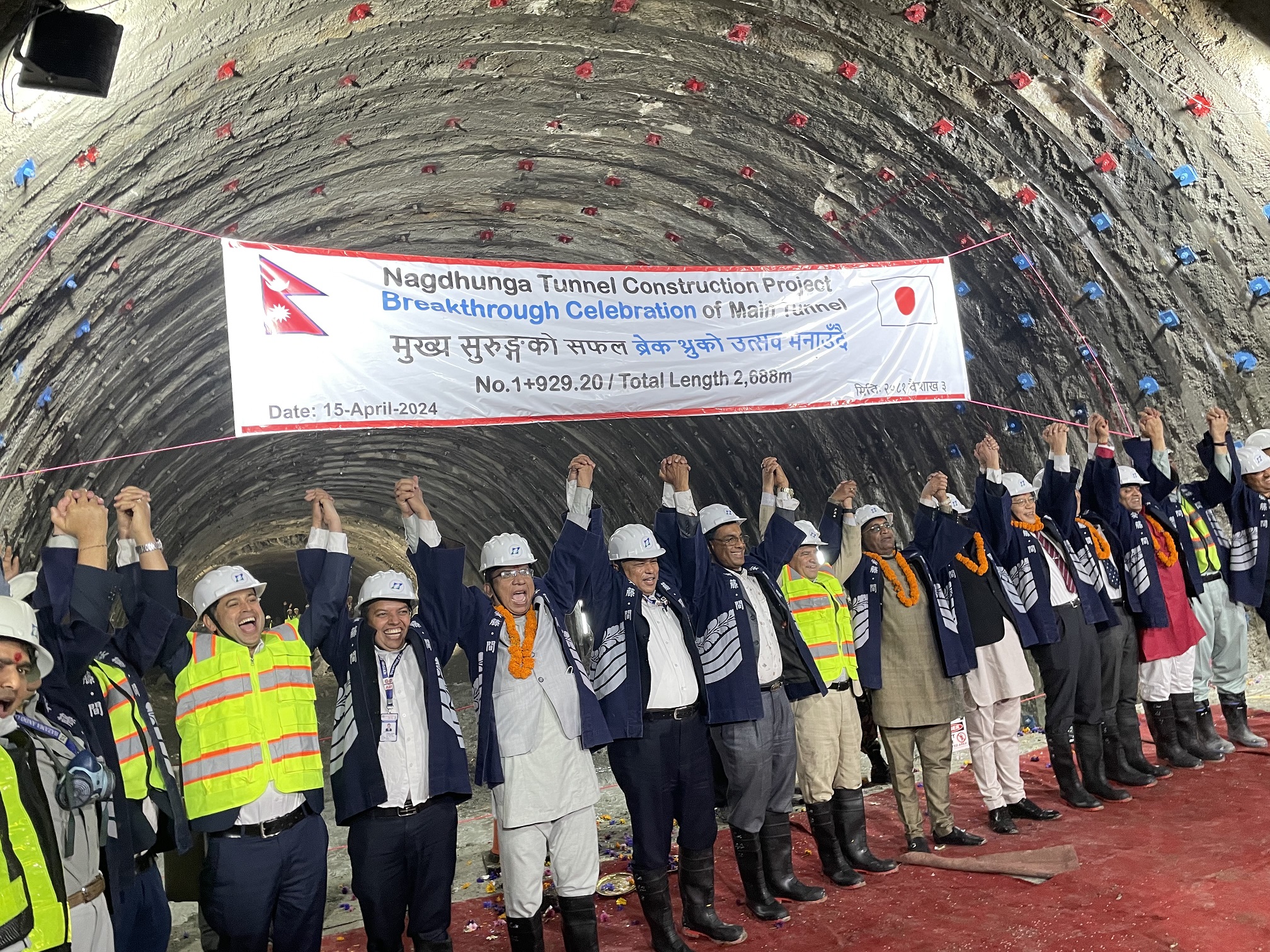



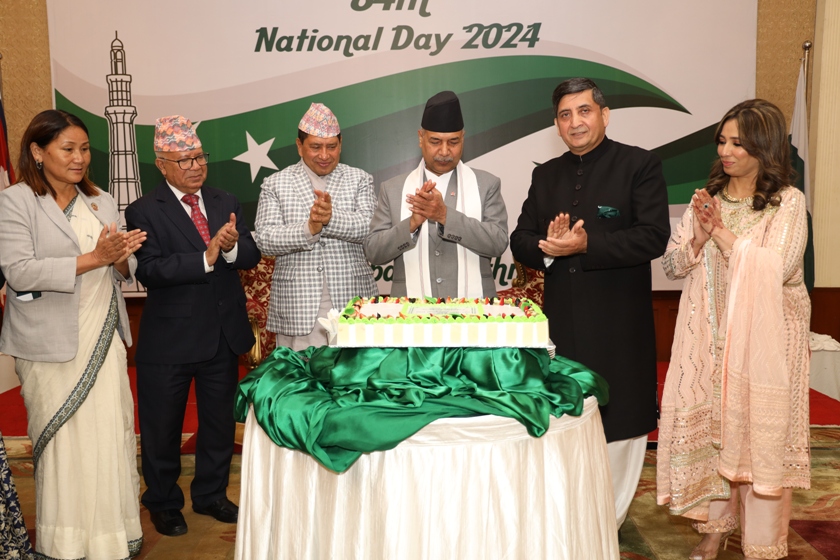

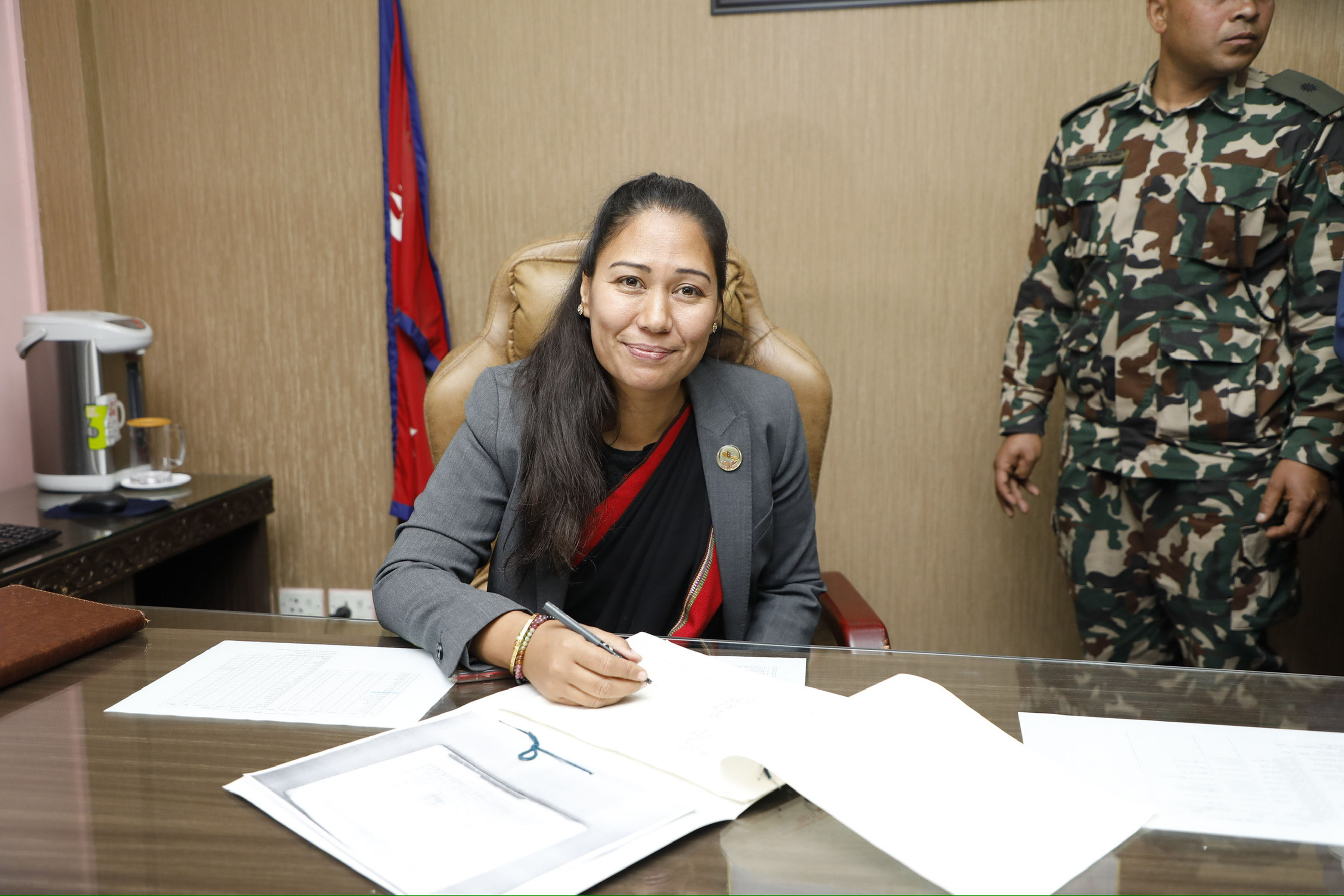
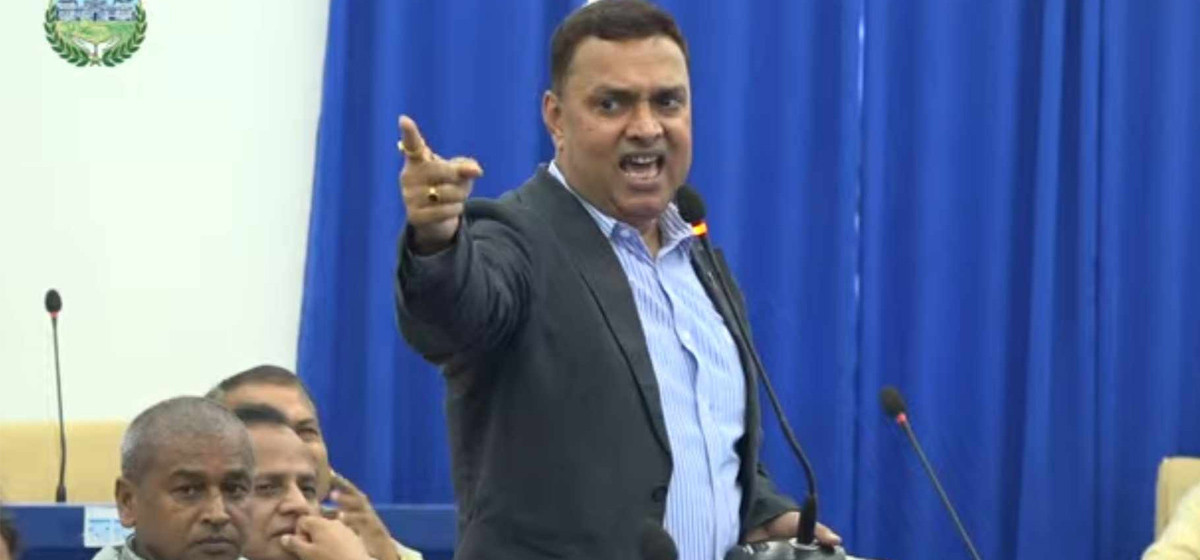
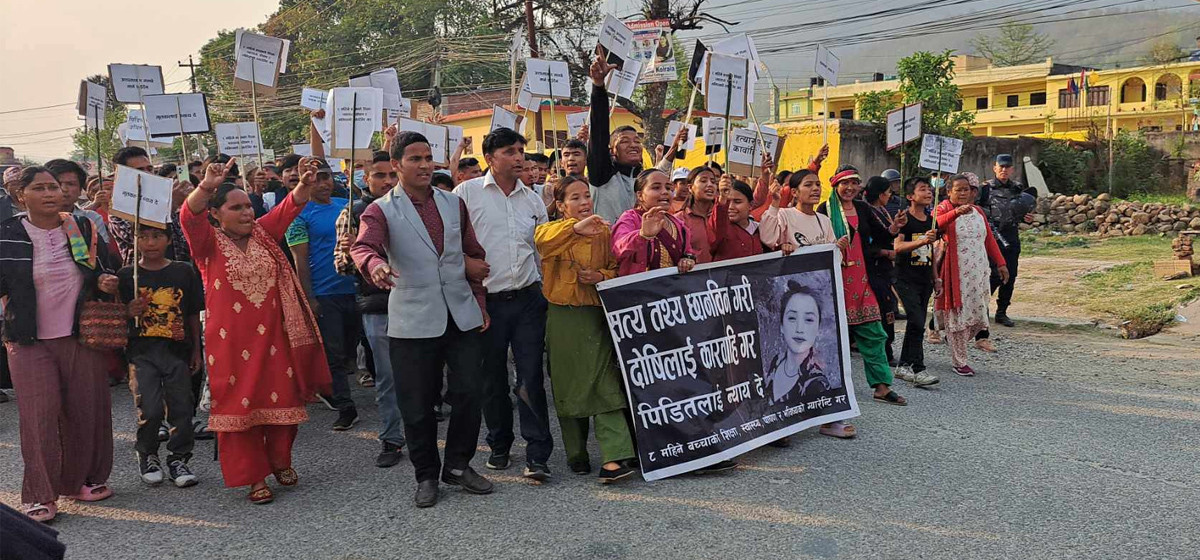
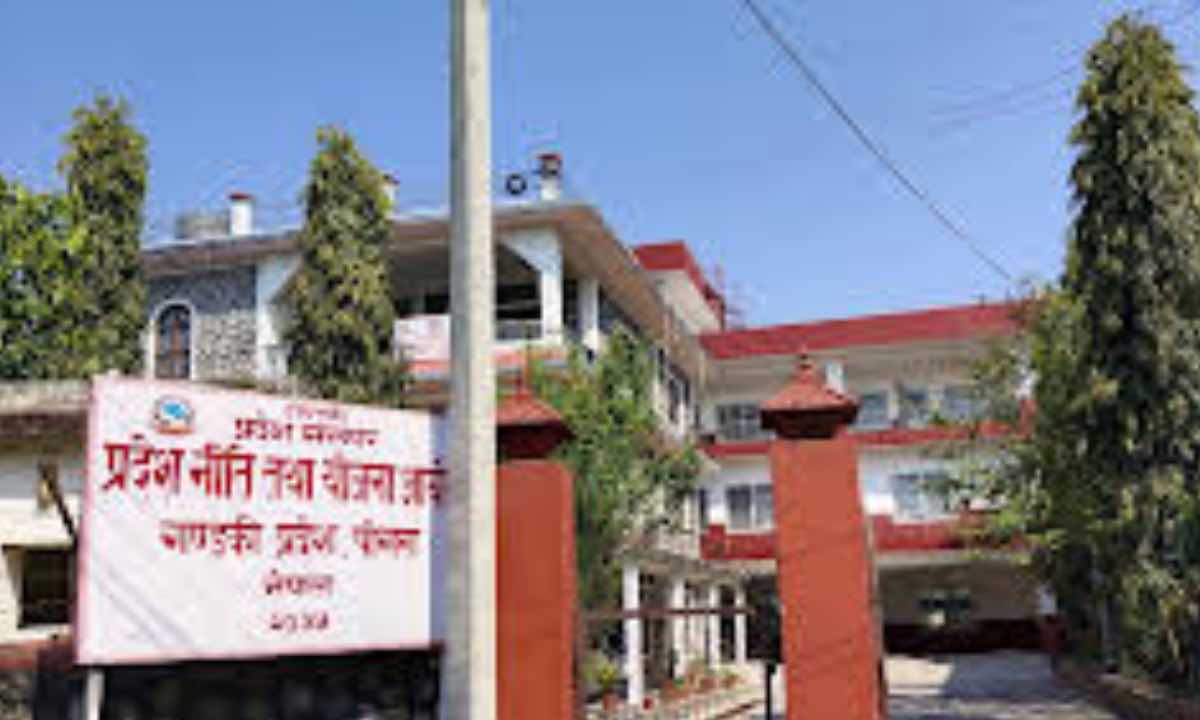

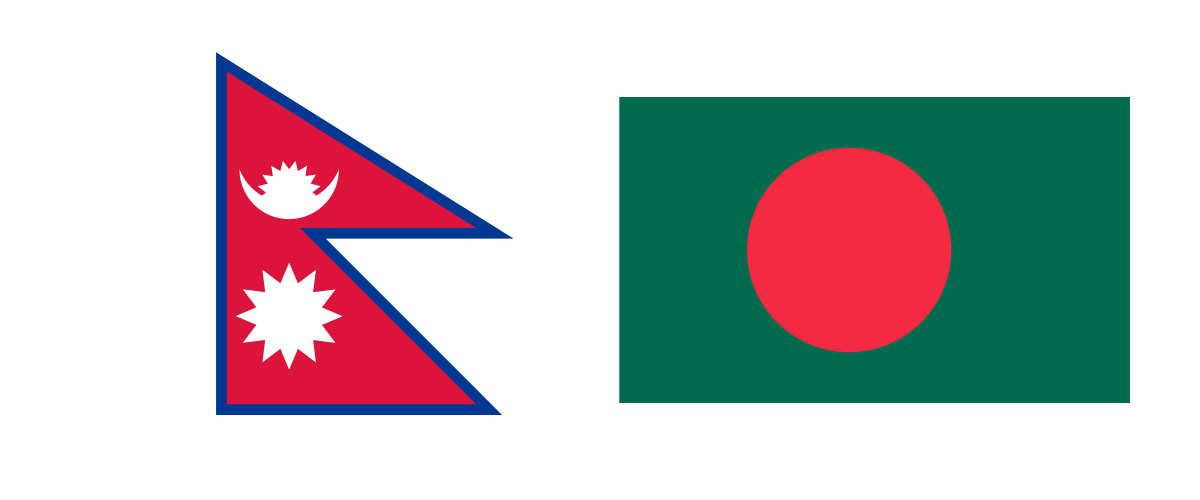

Leave A Comment